Network-Attached Storage setups are commonplace in home labs, and you'll often find multi-HDD NAS units chugging along 24/7 in self-hosting workstations and data-hoarding workstations. But with the emergence of all-SSD models, we’re finally breaking away from the stereotype of bulky NAS rigs and noisy HDDs.
For the uninitiated, all-flash storage servers ditch conventional mechanical hard drives in favor of faster SSDs. As someone who has reviewed NAS units from both factions, I can confirm that the two sides have their own perks and quirks. However, I always choose an SSD-only NAS when I need to leave my rat’s nest and touch some grass. In fact, I’d go so far as to say that they’re almost as essential as my smartphone when I’m on the move.
All-SSD units are tiny and portable
They don’t consume a lot of energy, either
Bulky HDDs aren’t very portable, and neither are the huge chassis housing massive 3.5-inch hard drives. Meanwhile, most SSD-only NAS units rely on the sleek NVMe interface instead of conventional SATA drives, removing a lot of extra space that would otherwise be relegated to 2.5-inch drive bays. This lets manufacturers create extremely compact enclosures – with certain devices like the 4-bay Aiffro K100 being about the same size as your average mini-PC.
Then there’s the fact that SSDs require a lot less wattage than their mechanical counterparts, especially once you throw idle power consumption into the mix. This means you won’t have to lug a 100W+ power supply either, Some all-SSD NAS units don’t even require barrel jack connectors, and can instead be powered by the same USB Type-C charging cable you’d carry for your smartphone.
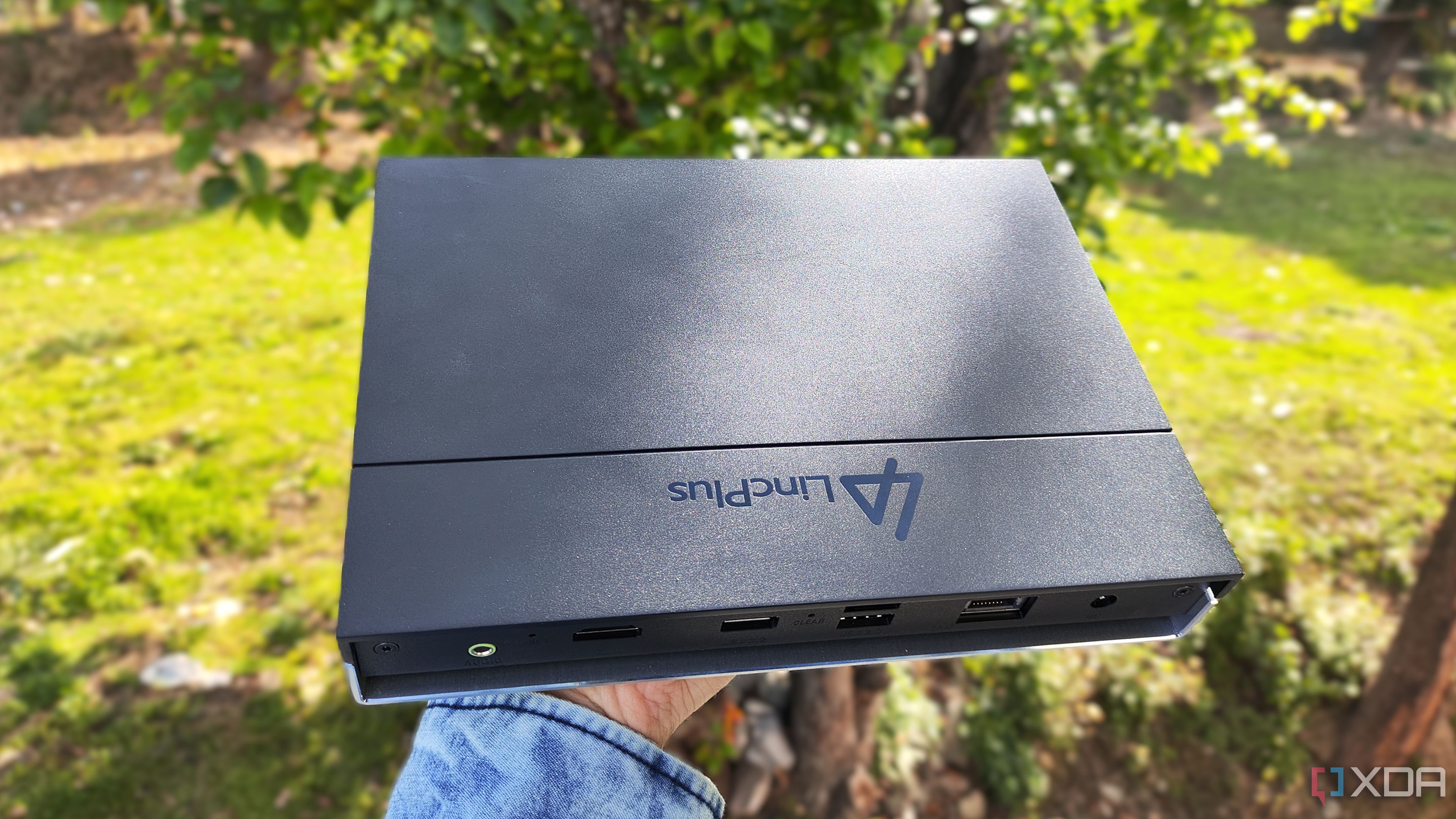
Related
The LincStation N2 is almost perfect for a budget-friendly SSD NAS
Multiple drive bays, 10GbE support, plenty of RAM, and good ol' Unraid. What more can you ask for?
Amazing for quick backups
Plus, you don’t have to worry about every bump in the road
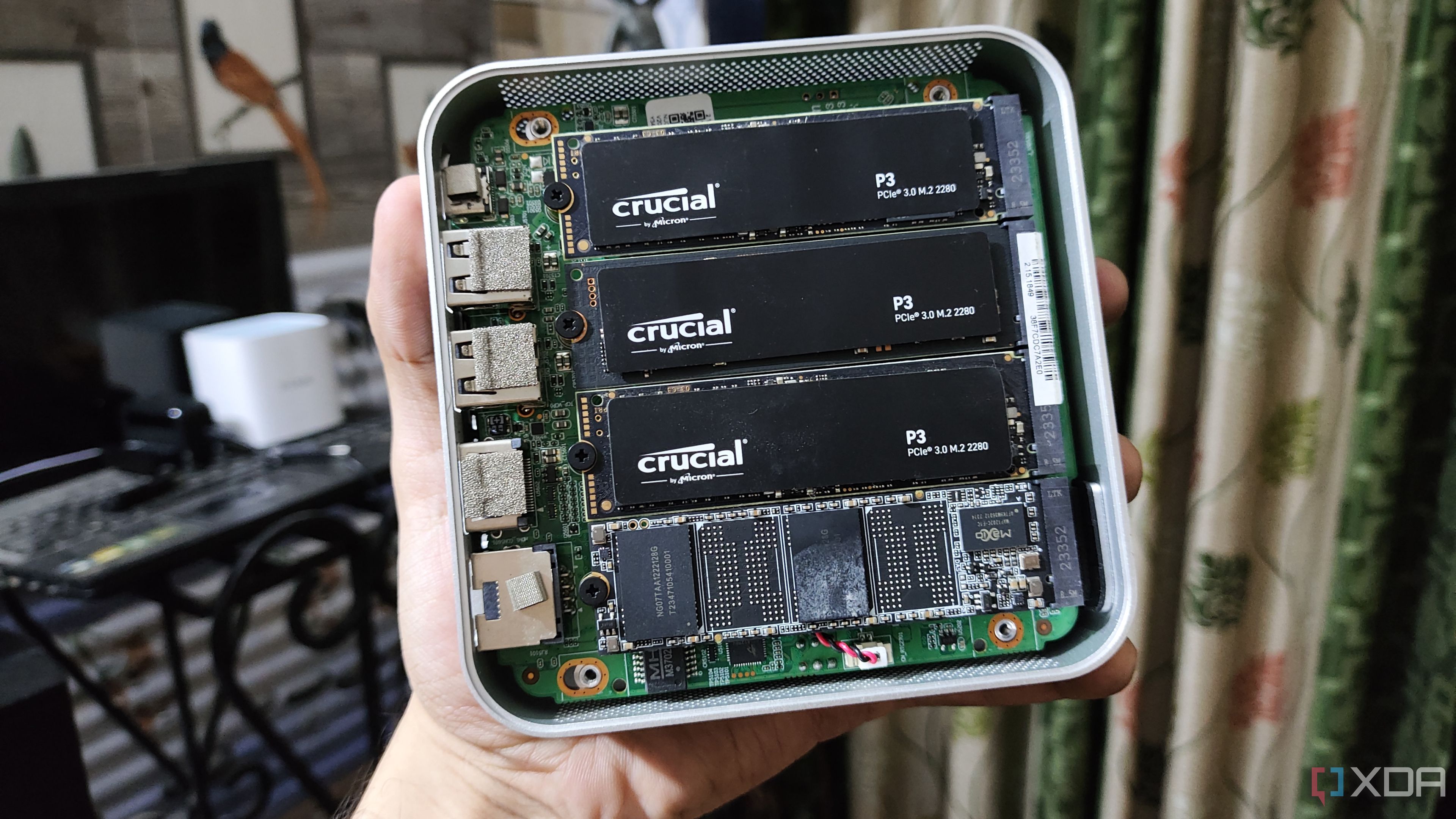
NVMe SSDs are known for their speeds, and while a single PCIe Gen 3 drive can choke a 10 Gigabit connection, they’re noticeably faster than their SATA HDD (and even SSD) counterparts. This makes them perfect for hasty backups, where you may not have the time or Internet speed to sync all your data with the cloud. If you’re in a bind, you could even directly pair your NAS with your PC over an Ethernet connection without requiring a separate switch or router. Despite sounding weird, this setup is especially useful if the Ethernet cards in your laptop and NAS can handle over 1 GbE speeds.
Unlike hard drives, SSDs don’t include moving parts and can tolerate shocks much better than their mechanical rivals. While this doesn’t mean you can toss your all-flash NAS around, it’s always better to get a cheap SSD-only storage server if you want better durability for your drives on your next road trip.
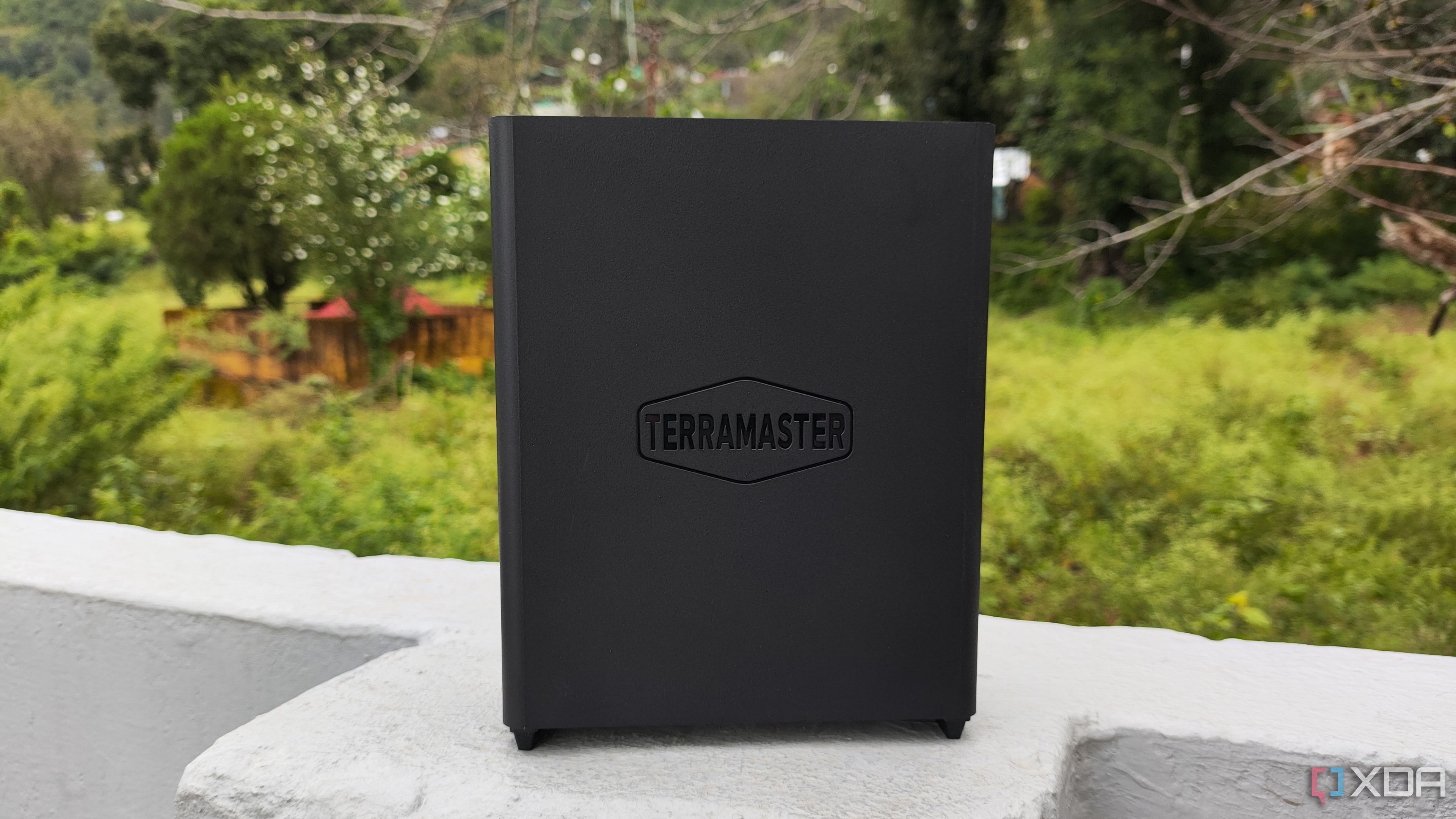
Related
TerraMaster F8 SSD Plus review: The only all-flash NAS worth buying right now
With its eight M.2 slots, 10GbE connectivity, and solid specs, the TerraMaster F8 SSD Plus is the best NAS for SSD lovers
In my travels, I often capture videos and images in RAW format so I can touch them up later. While you might suggest buying an external SSD or two, they aren’t all that cost-effective once you start going up the capacity ladder. And while DAS are a decent option if you want to keep upgradability in mind, you’d miss out on all the cool services you can host on-the-move with these neat devices…
Solid containerization support
Bring your self-hosted app stack wherever you go
With even the most budget-friendly all-flash NAS units packing enough firepower to host dozens of containers, you can easily access your arsenal of self-hosted services without connecting to your home lab from external networks. The N100 alone can run several quality-of-life services on its own, and you can even start looking into virtualization workloads if you’ve an Intel i3-N305 or Intel i3-1220P.
Whether it’s creating office documents via a fully-armed Nextcloud setup or keeping ads at bay with a Pi-host server, a tiny all-SSD NAS will let you access your essential services if the Internet connectivity gets spotty.and you’re unable to connect to your home lab. Yes, I speak from experience.
SSD NAS vs. HDD-only servers: A battle for the ages
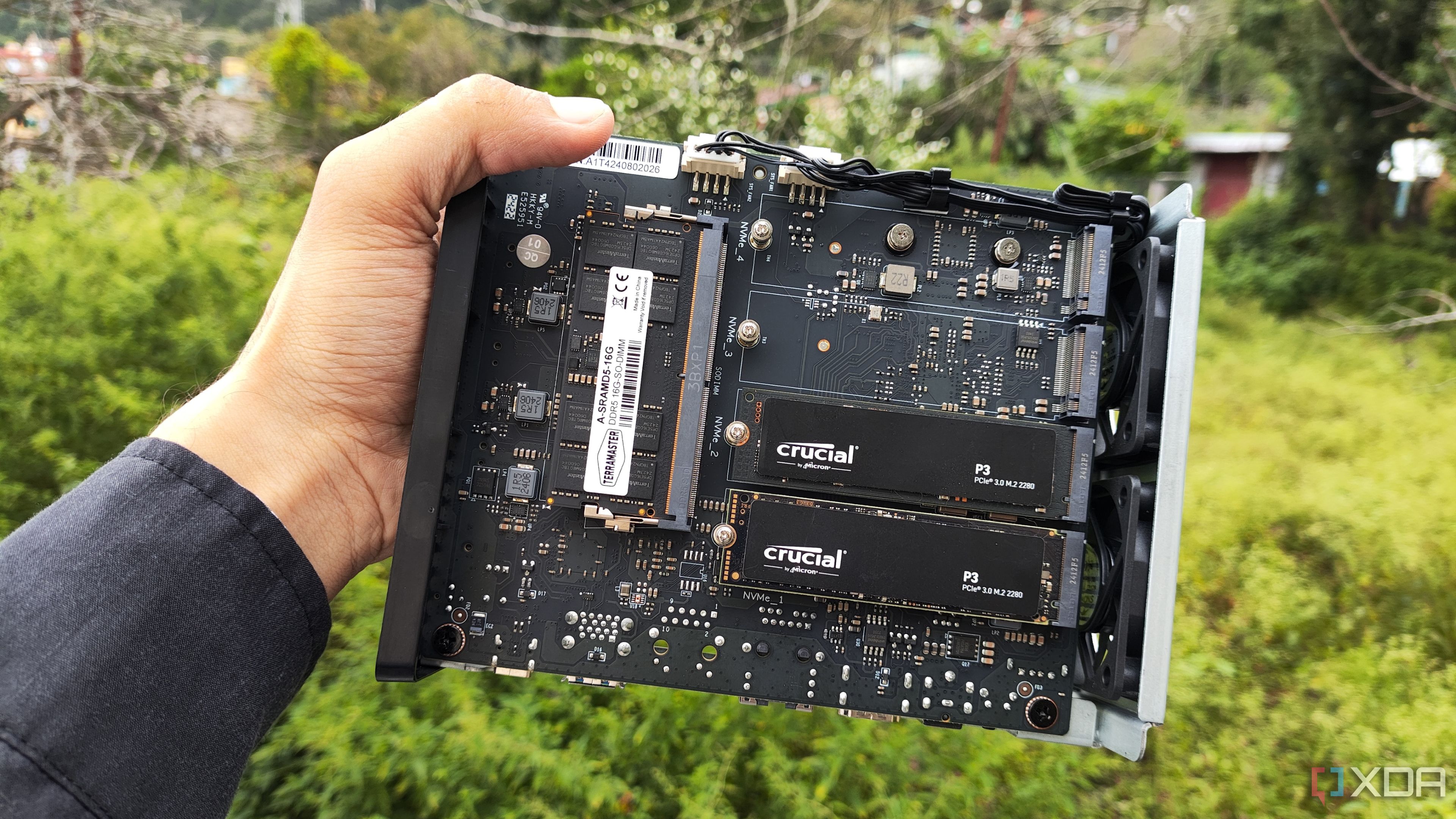
Up until now, I’ve only covered the advantages of an SSD-powered NAS. But this article won’t be complete unless I mention their drawbacks. All-flash NAS units are inherently more expensive than their HDD counterparts, and that’s before you factor the high prices of SSDs into the equation. So, you’ll probably end up spending at least $350+ on an SSD-only NAS even if you go for the more cost-effective Intel N100 solutions. Nevertheless, if you’re a home labber who needs a reliable, portable storage companion that can double as a self-hosting war machine, you won’t be disappointed by an all-SSD server.
-
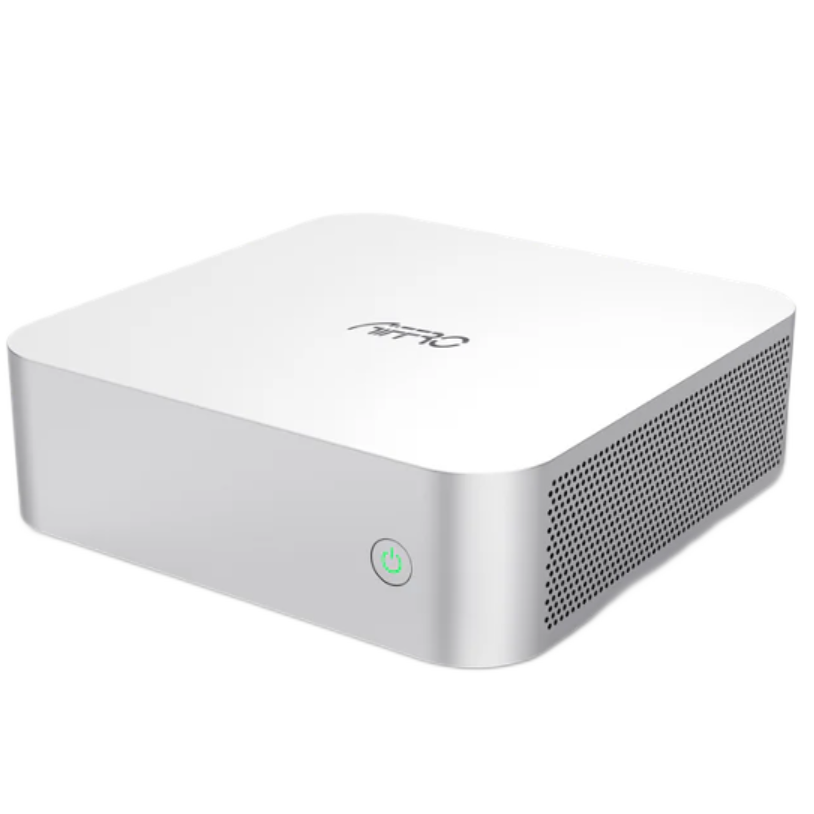
CPU Intel N100
Memory 8GB LPDDR5 (4800MHz)
Drive Bays 4x M.2 2280 SSD slots
Ports 1x 2.5GbE, 2x USB 2, 2x Type-C USB 3 Gen 3.2, 1x HDMI 1.4
OS Windows 11, TrueNAS, Ubuntu, CentOS, FreeNAS, Euler
Price $399
-
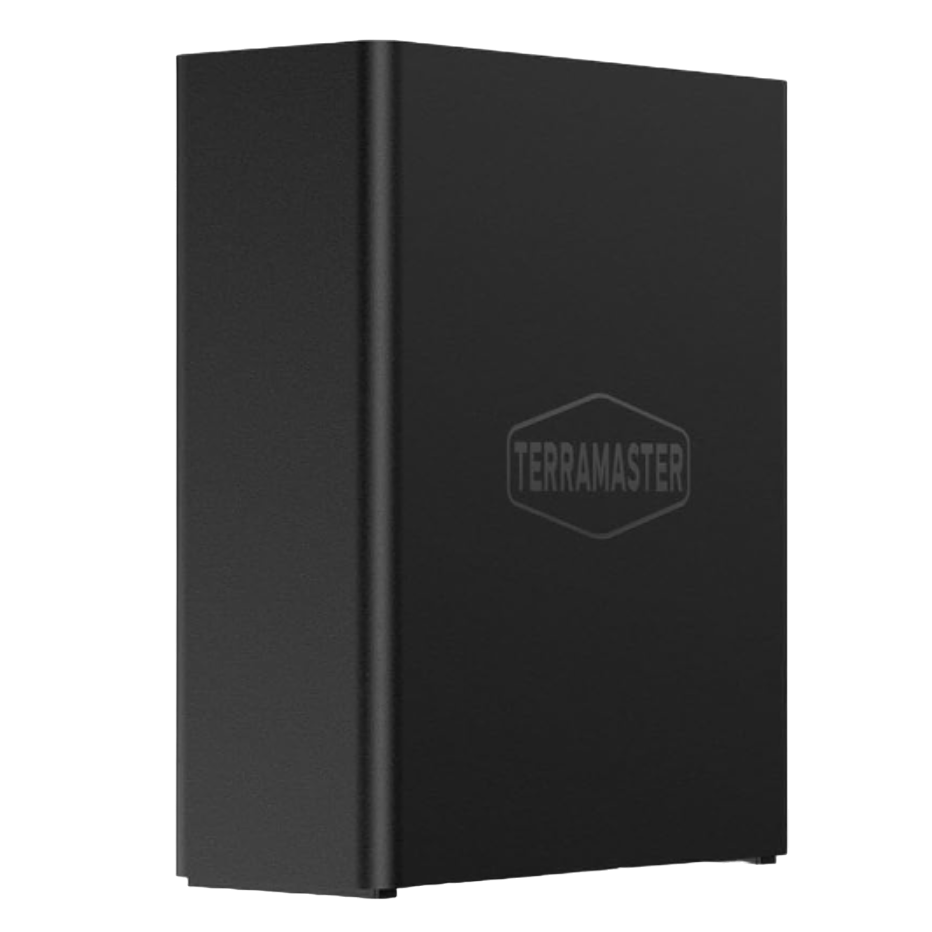
CPU Intel i3 N305
Memory 16GB DDR5 SODIMM
Drive Bays 8 M.2 slots
Ports 2x USB 3.2 Type-A ports, 1x USB 3.2 Type-C port, 1x HDMI socket, 1x 10GbE RJ45 port
OS TOS 6
Price $800
-
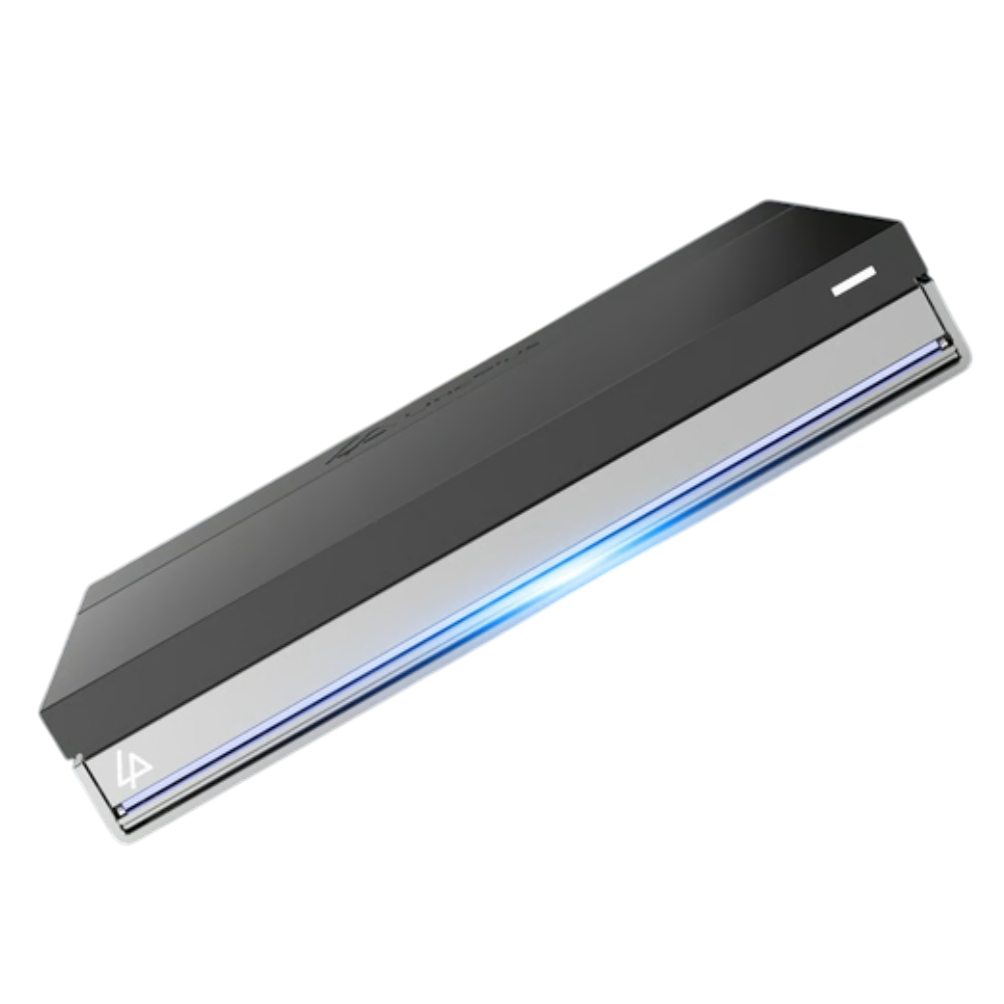
CPU Intel N100
Memory 16GB DDR5 (soldered)
Drive Bays 4x M.2 SSD, 2x SATA drives (2.5-inch)
Ports 1x USB 3.2 Gen 2 Type-A, 1x USB 3.2 Gen 2 Type-C, 2x USB 2.0 Type-A
OS Unraid
Dimensions 210x152x39.8 mm
.png)








 English (US) ·
English (US) ·